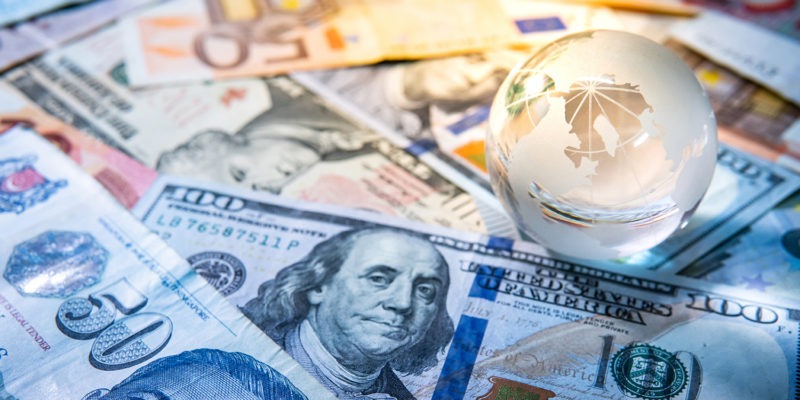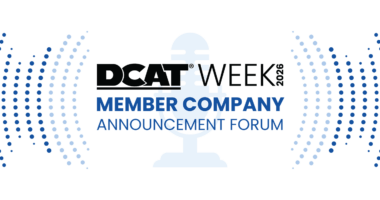Outlook for Global Oncology Market
Cancer medicine spending rose to $185 billion globally in 2021 and is expected to reach more than $300 billion by 2026. Oncology continues to be the largest therapeutic sector in major markets. What do the numbers show?
* A snapshot view
* A market outlook
* The impact of COVID-19 on the oncology market
* Research and development
A snapshot view
Product innovation and increased research and development (R&D) in oncology bodes well for the global oncology market, but there are headwinds resulting from the pandemic. Global R&D in oncology continues to surge with historically high levels of trial starts in 2021, up 56% from 2016. Also, a record 30 novel active substances launched globally last year, according to a new report, Global Oncology Trends 2022, from the IQVIA Institute for Human Data Science. While disruptions in cancer care are easing, more new patients were presenting to community oncologists with metastatic disease in several tumors during 2020 and 2021 due to delays in diagnosis and screenings stemming from the pandemic.
“Global oncology is a bifurcated tale of two very different worlds,” said Murray Aitken, Executive Director of the IQVIA Institute, in commenting on the report. “On the one hand, we are witnessing a remarkable surge in R&D and innovation, potentially leading to new therapies for unresolved cancers. On the other hand, the global oncology community and patients continue to struggle with the impact from delays in screenings, diagnoses and cancer care. Even with the bright outlook for R&D and innovation, it will take a while for the oncology community to work its way through these challenges.”
Market outlook
Cancer medicines spending rose to $185 billion globally in 2021 and is expected to reach more than $300 billion by 2026, according to the IQVIA Institute report. Growth in major markets is being driven by new products and brand volume, which is offset by losses of exclusivity, including biosimilar impact. The US remains the largest market globally for cancer medicines spending, followed by major European countries. China’s oncology spending now exceeds the rest of other emerging markets is driven by expanded access to new therapies and offset by lower prices. Globally, seven of the top 10 tumor types will see double-digit spending growth from expected novel therapies. Together, PD1/PDL1 inhibitors are used across most solid tumors and represent 45% of spending for lung cancer in 2021. The robust pipeline of next-generation biotherapeutics in oncology includes significant potential as well as a wide range of uncertainty both clinically and commercially, according to the report.
Product innovation is driving the market. A record 30 oncology novel active substances were initially launched globally in 2021, in addition to 104 in the past five years and a total of 159 since 2012, according to the IQVIA Institute report. In the US, there were 83 unique new cancer medicines launched in the past five years, with many approved for more than one indication. Oncology drugs increasingly received accelerated approvals and orphan or breakthrough designations, and a small, but increasing number, are proceeding from patent filing to product launch in less than five years.
Impact of COVID-19 on oncology market
The COVID-19 pandemic had an impact on the number of patients seeking diagnosis and treatment. Oncologists report that caseloads are 20–29% below pre-COVID-19 levels and more new patients presented to community oncologists with metastatic disease in several tumors during 2020 and 2021, according to the IQVIA Institute report. Even as disruption to cancer care eases, delays in surgeries and chemotherapy and fewer diagnoses continue to be a concern for oncologists. Screenings for common cancers were down 1–16% in the US through the end of 2021. More than 30 million screenings for four common tumors have been disrupted since the onset of the pandemic, which resulted in delayed or missed diagnoses for more than 58,000 patients, according to the IQVIA Institute report.
On a positive note, global numbers of treated patients have increased at an average of 4% over the past five years and are expected to accelerate in the next five years after disruptions from the pandemic ease, according to the IQVIA Institute report. Despite this growth, the report explains that the pace of bringing novel cancer therapies to patients is uneven across countries, with differences in biomarker testing rates, adoption of novel therapies, and infrastructure capacity to deliver some of the most advanced therapies. For example, the use of checkpoint inhibitors is two to three times higher in some major developed countries than others and is much higher than in lower-income countries. Next-generation biotherapeutics, including cell and gene therapies, are an area of active research, but face certain limitations in the ability of patients to gain access to these products. While the number of CAR T centers is growing, the report notes that locations are generally not convenient to all patients and not all centers have all approved products available.
Research and development
Oncology continues to attract R&D dollars. Oncology trial starts reached historically high levels in 2021, up 56% from 2016 and mostly focused on rare cancer indications, according to the IQVIA Institute report. Most cancer research focuses on metastatic or advanced cancers, but early cancer trials and vaccines have more than doubled in 10 years. Composite success rates in oncology have been trending down since 2015, reaching 5.2% in 2021 while rare tumors averaged 15.6%. Compared to other therapy areas, oncology trials have significantly less administrative “downtime” between phases, which accelerates successful drugs’ time to market, according to the IQVIA Institute report. Emerging bio/pharmaceutical companies continue to play an important role in the oncology market. Emerging bio/pharma companies were responsible for 68% of the oncology pipeline in 2021, up from 45% a decade ago, according to the IQVIA Institute report.







